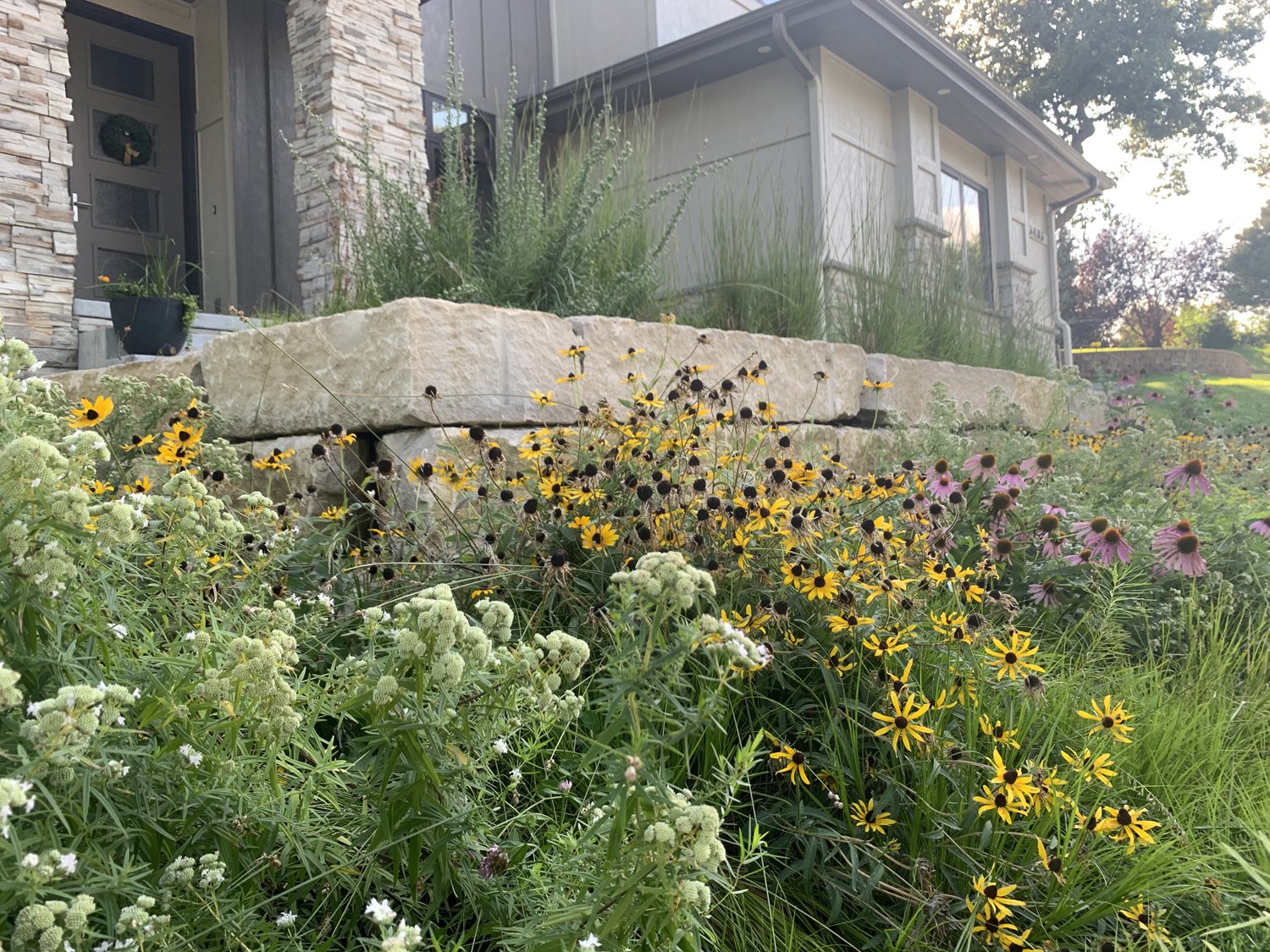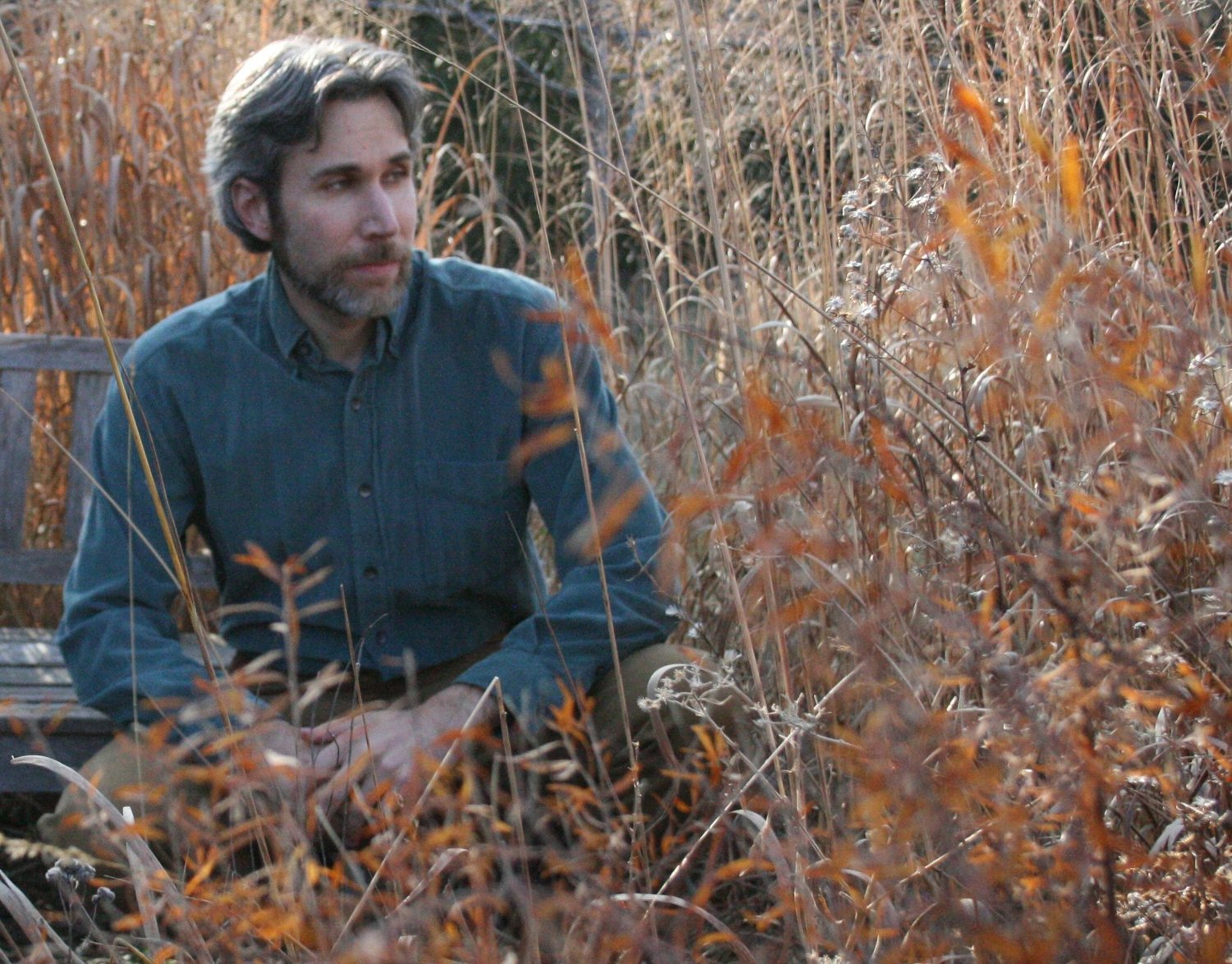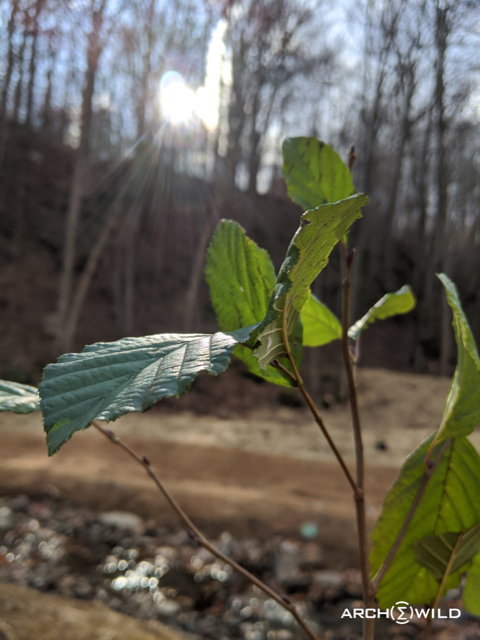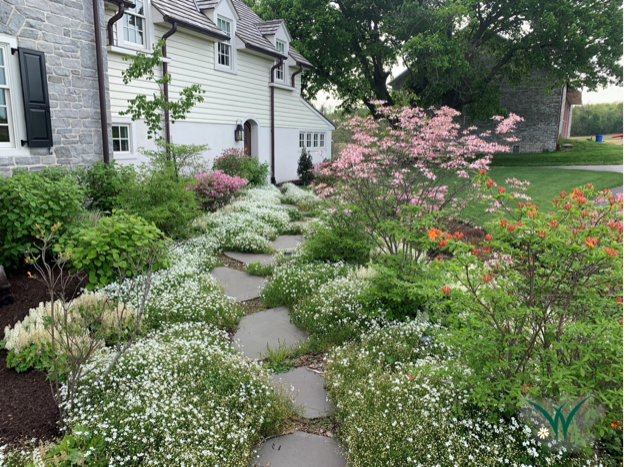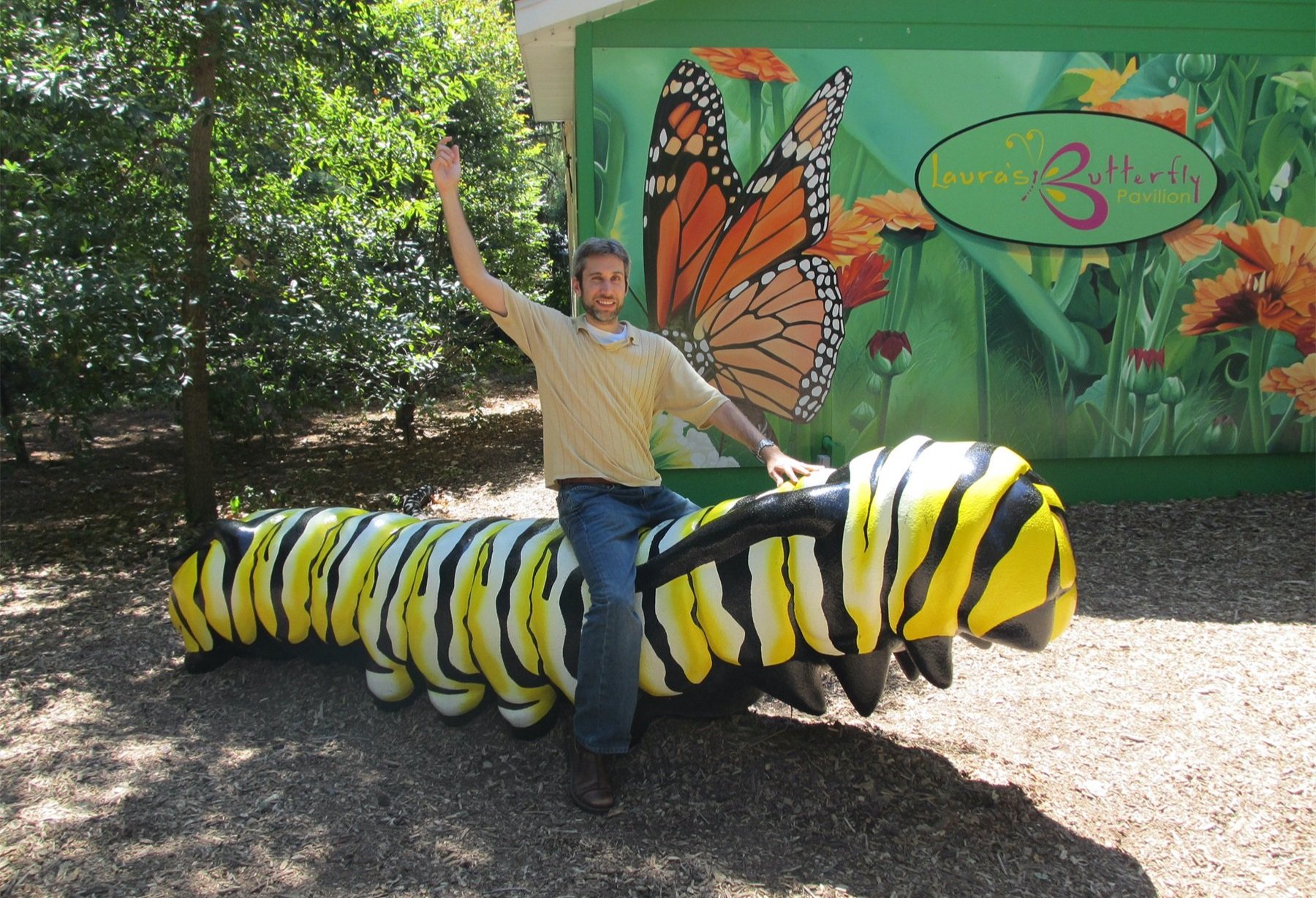
Finding the Right Native Plants
It’s easy to be overwhelmed at the nursery shopping for new plants, especially when you want to create a wildlife habitat. And plant tags seldom provide enough or even the right information to make informed decisions suitable for our specific site conditions. For example, a plant tag will discuss light and drainage, but doesn’t go into native range or sociability (how the plant spreads and how fast).
Unfortunately, the information we need to have at the nursery can itself seem complex, least of which is knowing what to look for and where in books or on websites. As you grow with your garden over the years, you’ll learn what to look for and where, but when you’re starting out there are just a few critical things to consider:
-
Is the plant native your zipcode? You can easily find this out from a number of links on our Resource Directory. Another way is to type the scientific name, which is more accurate, into the USDA Plants Database website (or the Biota of North America Program) and see if your county is highlighted in green, which means the plant is native to you.
-
Do a quick search on a few websites to get a sense of how the plant REALLY grows where you live. It doesn’t matter if the website is local to you, this is just a general baseline. Ernst Seeds, Izel Native Plants, Prairie Moon Nursery, American Beauties Native Plants, Prairie Nursery, Illinois Wildflowers, Missouri Botanical Garden are all solid sources.
-
Select shorter species of flowers and grasses, generally, under 2-3 feet tall. This will help to not overwhelm the space visually while being inviting to both humans and wildlife.
How to Plant Naturally
The best advice is for a mix of grasses or sedges with flowers, which will help reduce weed pressure and increase ecosystem services – as will planting 12 inches apart. Yes. No matter what the plant tag says, plant 12 inches apart with just 1” of wood mulch (any more mulch and the plants can’t self sow). A basic plant list composed of compatible species that you might commonly find at a large nursery – and that will work together in a full sun, clay-loam soil – might include:
-
Bouteloua gracilis (blue grama)
-
Penstemon digitalis (foxglove beardtongue)
-
Asclepias tuberosa (butterflyweed)
-
Coreopsis verticillate (threadleaf coreopsis)
-
Echinacea purpurea (purple coneflower)
-
Liatris spicata (dense blazingstar)
-
Solidago speciosa (showy goldenrod)
Believe it or not, this can make a lovely starter garden. Plant the Bouteloua evenly every 12 inches, then among those grasses place repeated groupings of three each of the flower species – maybe three groups of three specimens per flower species. None of these species should outcompete the other if the bed remains densely planted, and all are adapted to similar site conditions. Repetition not only helps show off design intention, but creates a bigger beacon for pollinators while making it less exhausting for insects to hop from bloom to bloom.
Benjamin Vogt is owner of the design firm Monarch Gardens, and author of two books -- Prairie Up: An Introduction to Natural Garden Design, and A New Garden Ethic: Cultivating Defiant Compassion for an Uncertain Future.

